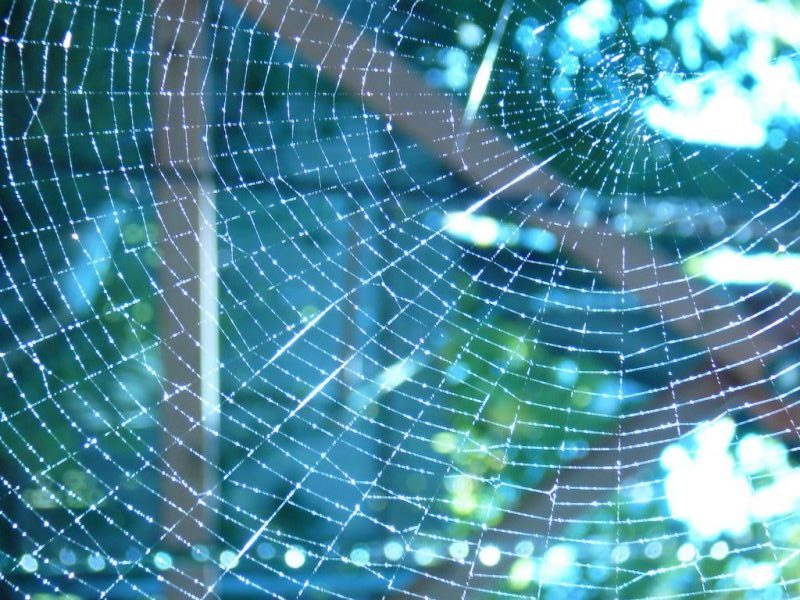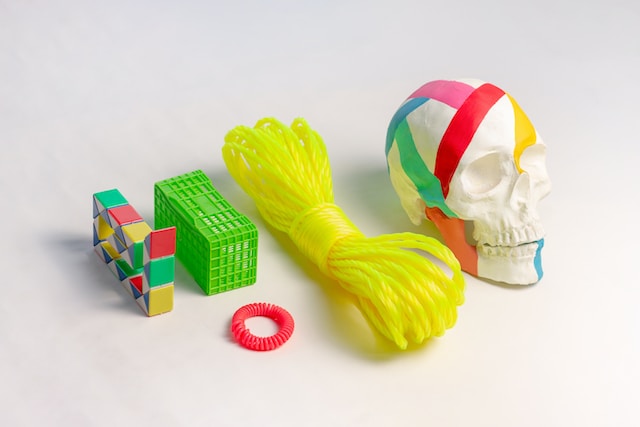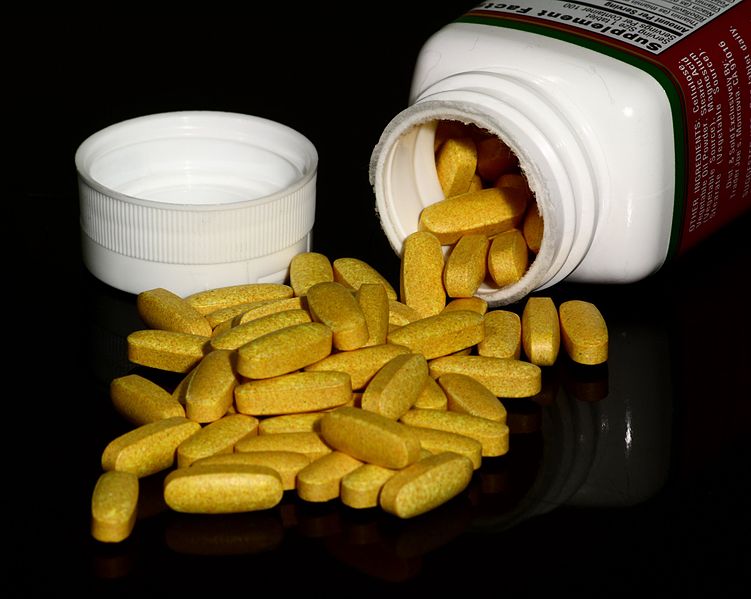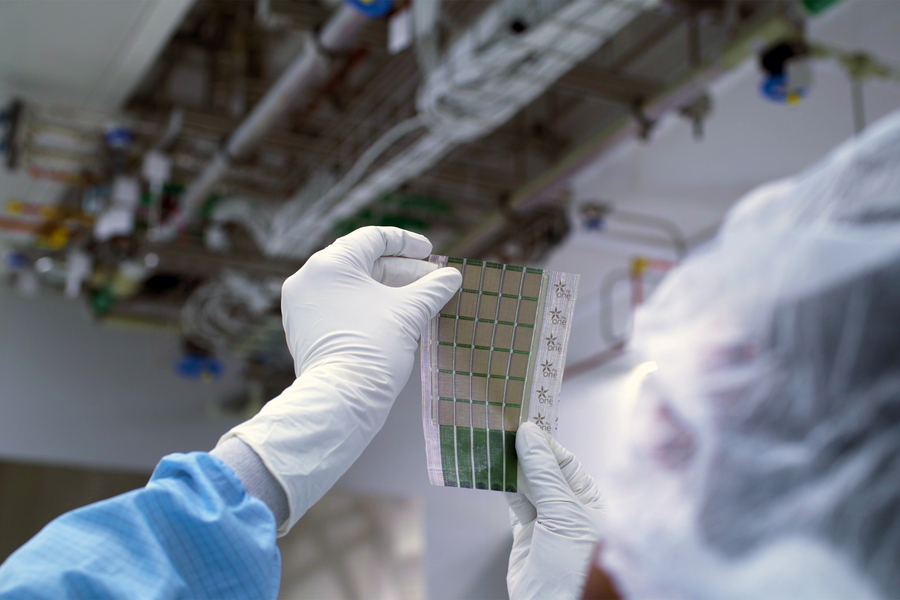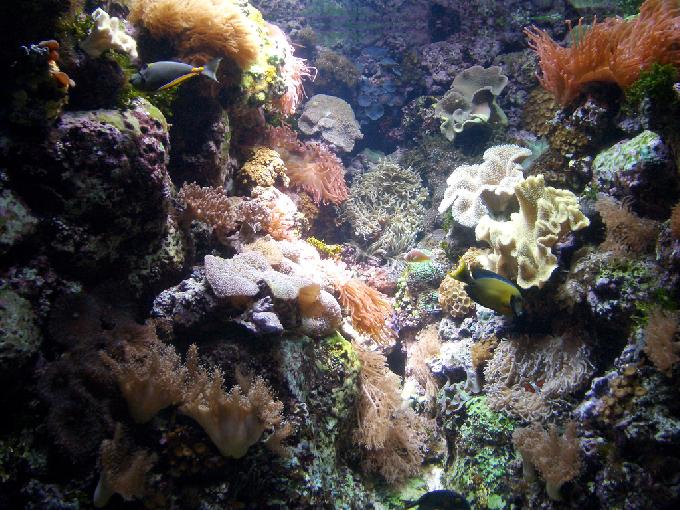Scientists have long been intrigued by the remarkable properties of spider silk, yet studying it without causing damage has posed a significant challenge.
Spider silk possesses unparalleled qualities, surpassing steel in strength and rubber in elasticity. It excels in expandability, resistance to tearing, and overall toughness. This makes spider silk an ideal material for numerous medical and technical applications. Consequently, scientists and experts are actively engrossed in unraveling the secrets of spiders and emulating their extraordinary technique.
Unlocking the mysteries of spider silk could herald a revolutionary shift in various industries. Synthetic spider silk, if successfully developed, has the potential to outperform and replace existing materials like Kevlar, polyester, and carbon fiber.
Its wide-ranging applications could transform the production of items ranging from bulletproof vests to construction materials.
Now, Massachusetts Institute of Technology (MIT) researchers have employed microscopy to delve into the intricate structure of this extraordinary material.
The significant progress made by biophysicists Irina Iachina and Jonathan Brewer in their research has been reported by Earth.com. These talented scientists have been leading the way in unraveling the secrets and advancing our understanding of this exceptional material.
“We have utilized multiple advanced microscopy techniques, and we have also created a novel type of optical microscope that allows us to peer deep within a fiber and visualize its internal structure,” explained Brewer.
The research yielded important results: spider silk fibers were found to comprise of a minimum of two outer lipid layers. Additionally, numerous tightly packed fibrils were observed, arranged in a linear configuration.
In addition, the team is actively engaged in conducting computer simulations to gain insights into the intricate process of protein transformation into silk.
This endeavour aims to recreate and replicate the natural process, further enhancing our understanding of spider silk production.
“Currently, I’m engrossed in computer simulations of protein-to-silk transformation. The overarching objective, naturally, is to ascertain how to synthesize artificial spider silk. But beyond this, I’m profoundly committed to fostering a broader understanding of the world we inhabit,” said Iachina.

